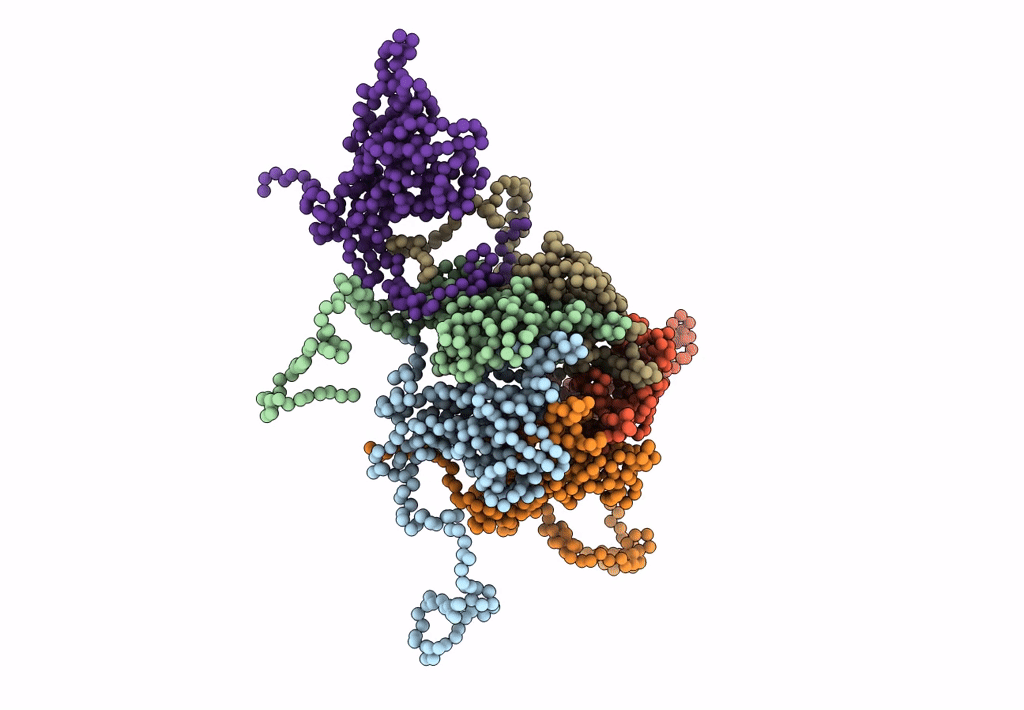
Deposition Date
2010-04-19
Release Date
2011-01-26
Last Version Date
2024-02-21
Entry Detail
Biological Source:
Source Organism:
Budgerigar fledgling disease polyomavirus (Taxon ID: 10625)
Method Details:
Experimental Method:
Resolution:
11.30 Å
Aggregation State:
PARTICLE
Reconstruction Method:
SINGLE PARTICLE


